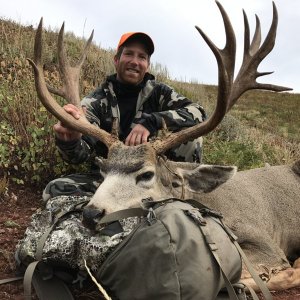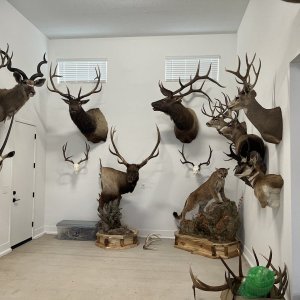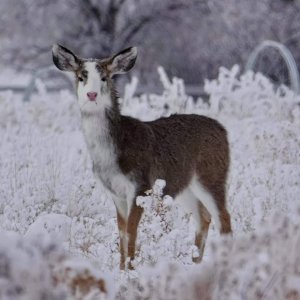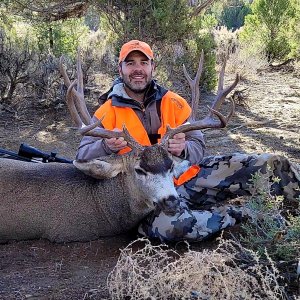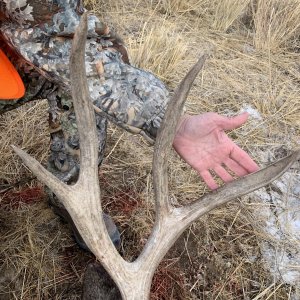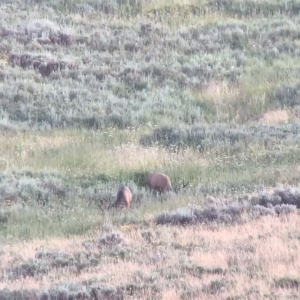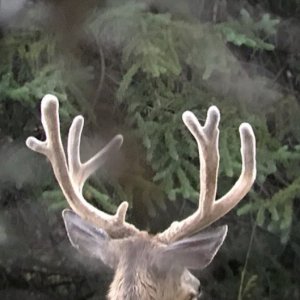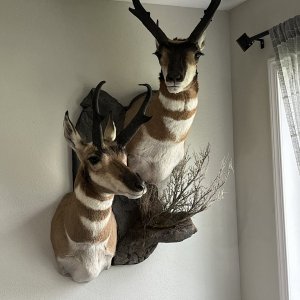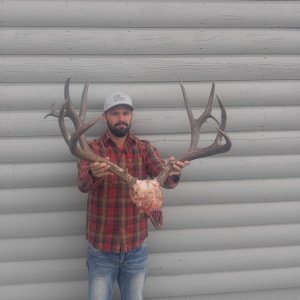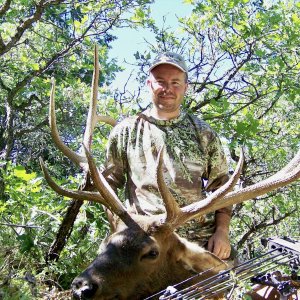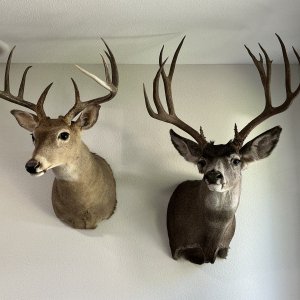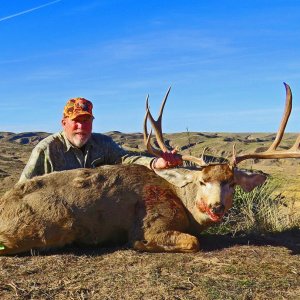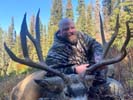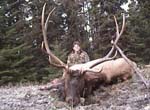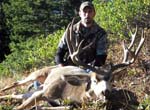AS a regional wildlife manager for IDFG, I have answered several questions regarding the Idaho drawing process in past forum topics.
In regard to Sheep (same for goat and moose) in Idaho, the process is explained on page 7 of the current regulations:
(
http://fishandgame.idaho.gov/cms/hunt/rules/mgs/ch.pdf)
"Nonresident Limitations: In controlled hunts with 10 or fewer
permits, not more than one nonresident permit will be issued.
Nonresident hunters are limited to no more than 10 percent of
the total number of controlled hunt permits FOR EACH SPECIES. In controlled hunts with more than 10 permits, not more than 10
percent of the permits will be issued to nonresidents." (emphasis added)
This seems to state fairly clearly the limitations on NRs.
"A lot of people claim that Idaho has good odds for sheep, Moose, and Goats..."
When discussing draw odds for sheep, moose, and goat, qualitative terms such as "good" become quite relative. There are 82 total sheep permits (61 Rocky Mt., 21 California) available in Idaho this year. Under the above rule, a maximum of 6 Rocky Mt tags can be issued to nonresidents, the same as in 2006.
Because of the way the drawing is conducted (all applications/hunts considered at once), it is not possible to calculate exact odds for indivdual hunts or even all hunts combined. Draw odds for individual hunts depend a great deal on what happened with NRs before an application comes up in the draw. At one extreme, if the lowest 6 numbers in the draw are all NRs (and they all selected different hunts) then those 6 would fill the nonresident quota and no other NRs could draw. At the other extreme, it is possible that no NRs are selected if the 61 lowest numbers are all residents. What actually happens is something in between and residents usually draw the maximum 10% quota.
On an individual hunt basis, if another NR drew before your number comes up, then you will not draw. If 6 NRs drew, across all other hunts, before your number comes up, likewise you won't draw, even if you are the first applicant who selected your hunt choice.
In a gross sense, total NR chances (using 2006 numbers) could be calulated as something like 6 in 1,789 (0.3%). But that is heavily biased by 1 hunt (area 11) because 612 of 1,245 NRs applied for that 1 hunt. In a worse case scenario, assume 1 of them draws area 11. Now there are still 5 permits available to NRs and the chances improve because half the NR applicants are out of the pool. For individual hunts, you can estimate maximum NR chances, by assuming 1 permit will be available. That gives chances in 16 of 19 hunts ranging from 1% up to about 12%, and 3 hunts at less than 1% (actual odds are lower because of the 10% overall quota).
Are those "good" odds? I can't answer that because I don't what someone's definiton of "good" is. But odds can be compared to those in other states. For example, Oregon also has a total of 82 sheep tags, but sets aside their quota for NR sheep tags in specific hunts - which was 6 in 2006. The 2006 chances for their 1 NR Rocky Mt tag were 1:617 or 0.16%. Chances for the 5 NR California tags in Oregon ranged from 0.11% to 0.52%. So in general, chances are better in Idaho. Montana also has a non-resident quota (up to maximum, by hunt) for sheep permits and residents and NR compete for the same permits (but NRs are excluded from applying for many hunts). Maximum chances of drawing the 8 ram tags by hunt in MT (calculated similar to the above for Idaho) averaged 0.34% in 2005 and ran from 0.08% to 1.1%. Again, I would say those chances are worse than Idaho. I believe these odds comparisons are similar across several other states with sheep.
There are of course trade-offs. Idaho does require a more costly non-refundable license ($141.50) to apply than Oregon ($76.50) or Montana ($10 conservation license). Whether one considers the Idaho odds "good," or worth the additional cost are a matter of personal choice.
I hope this info helps clarify the Idaho draw system.
Tom Keegan
Salmon Region Wildlife Manager


